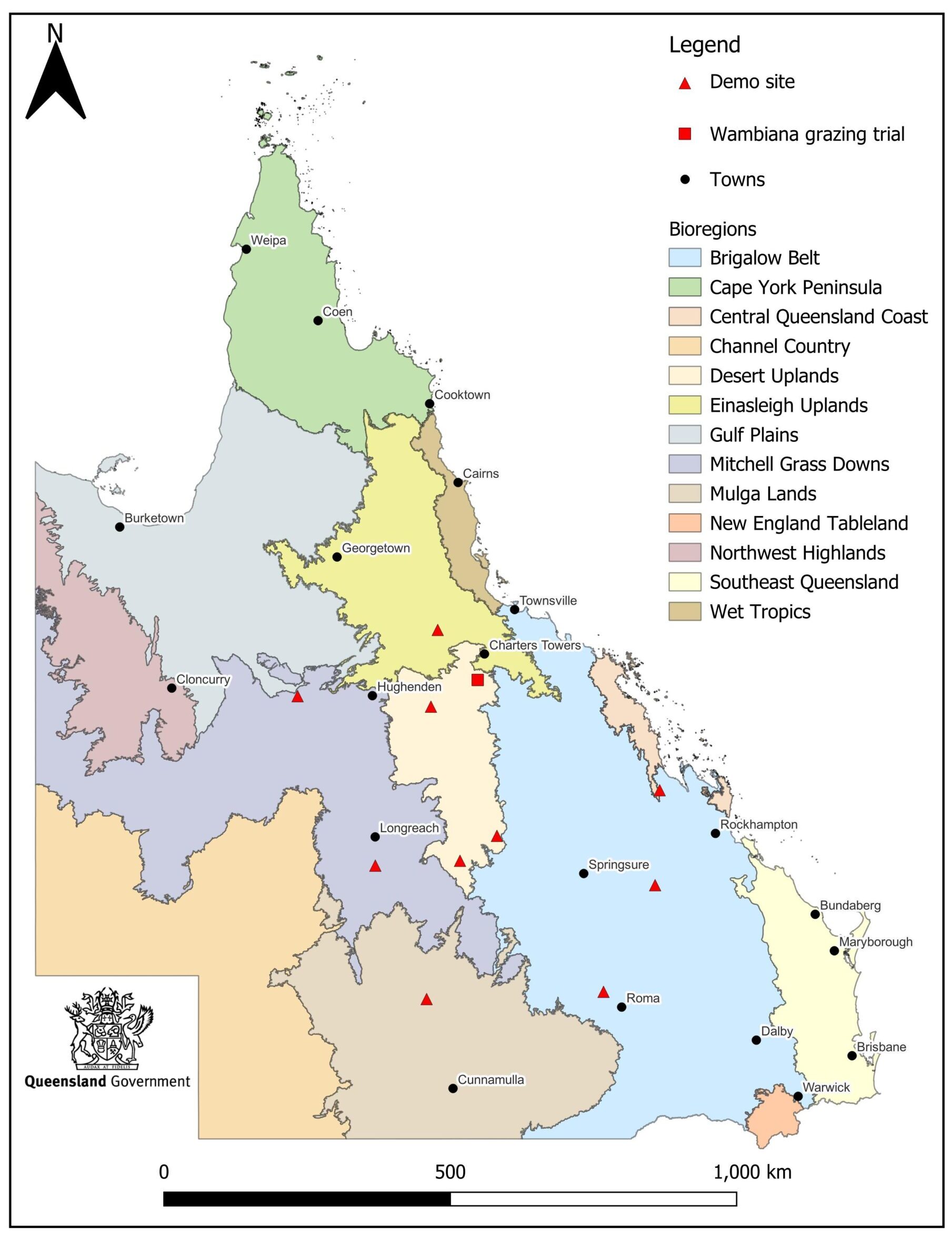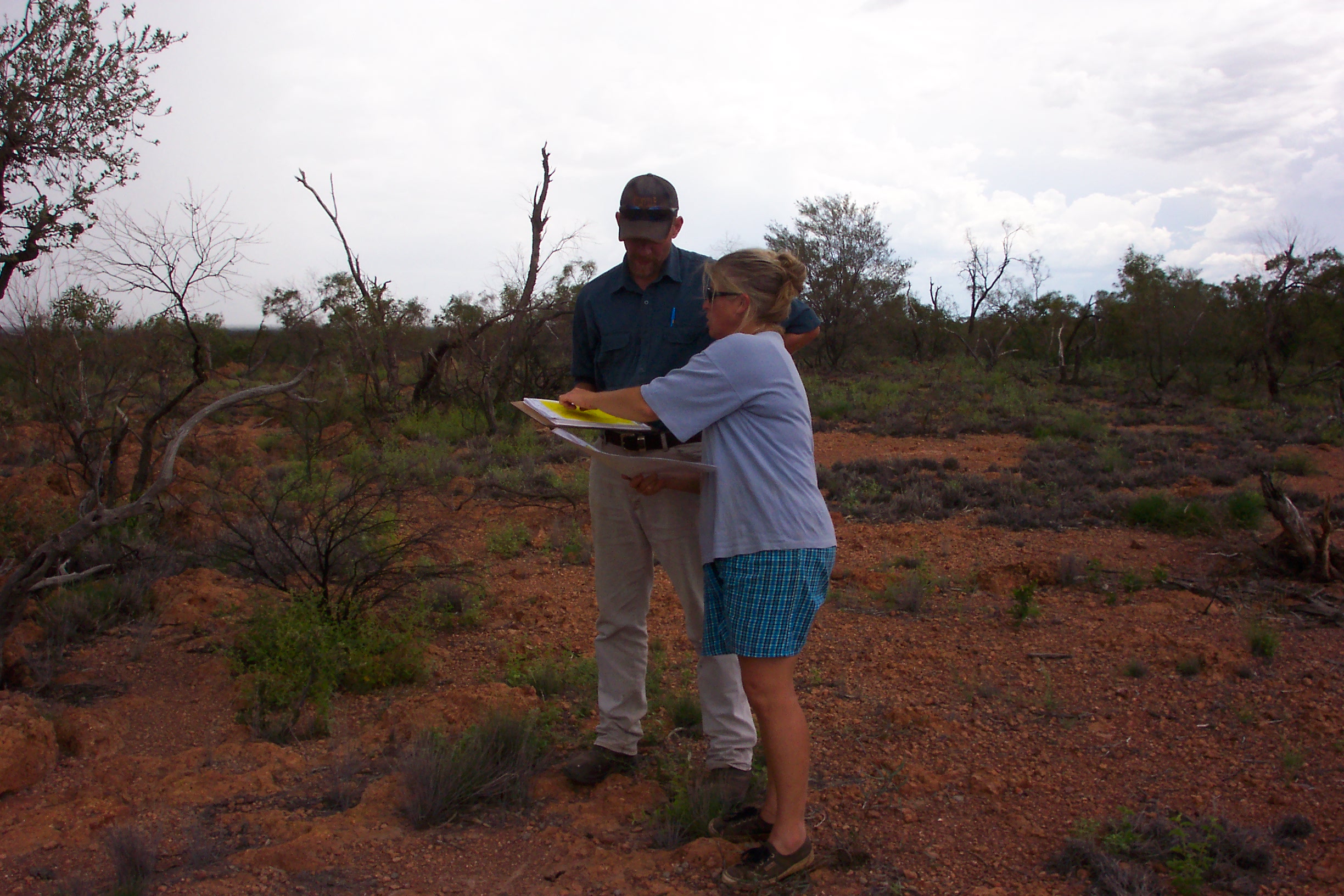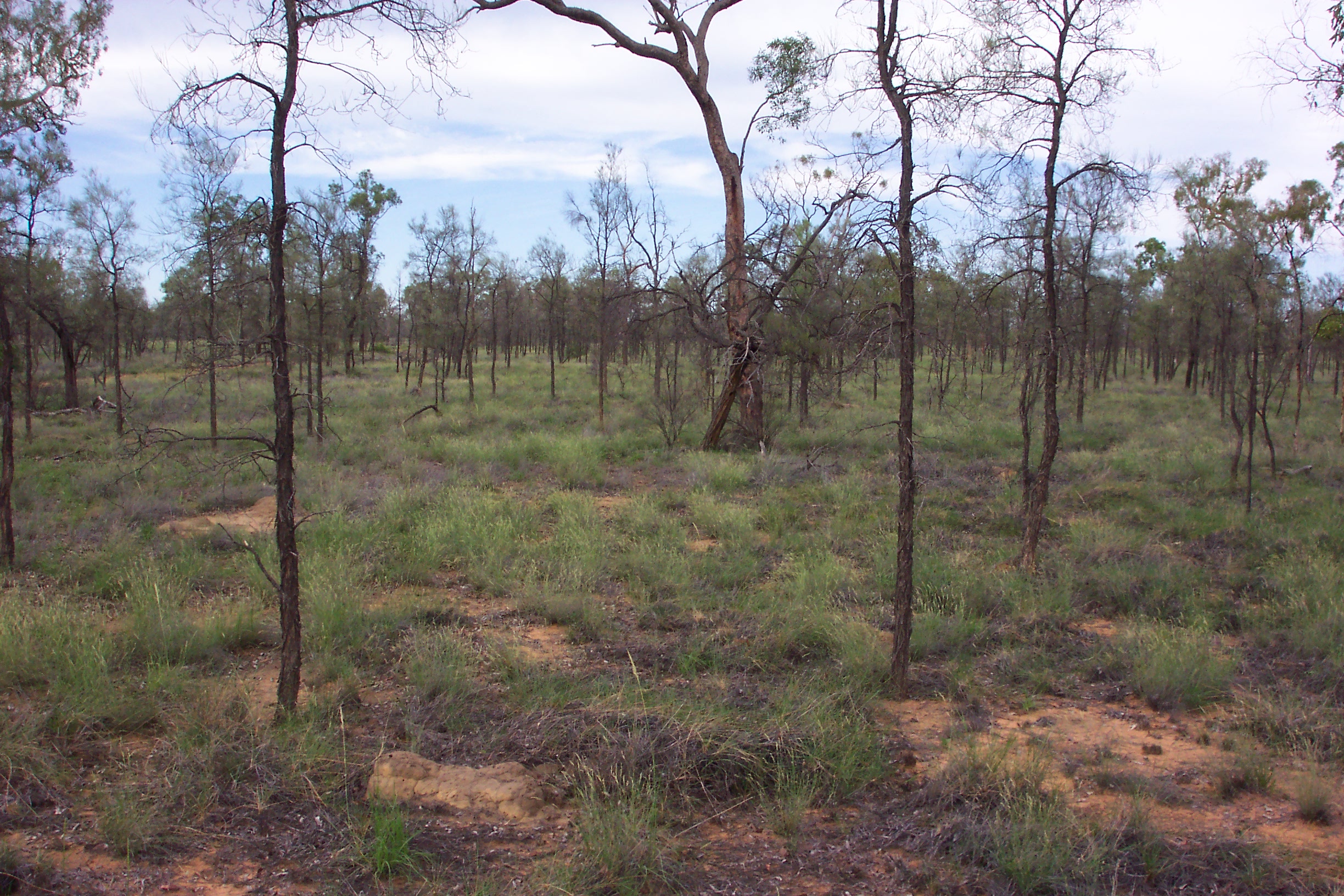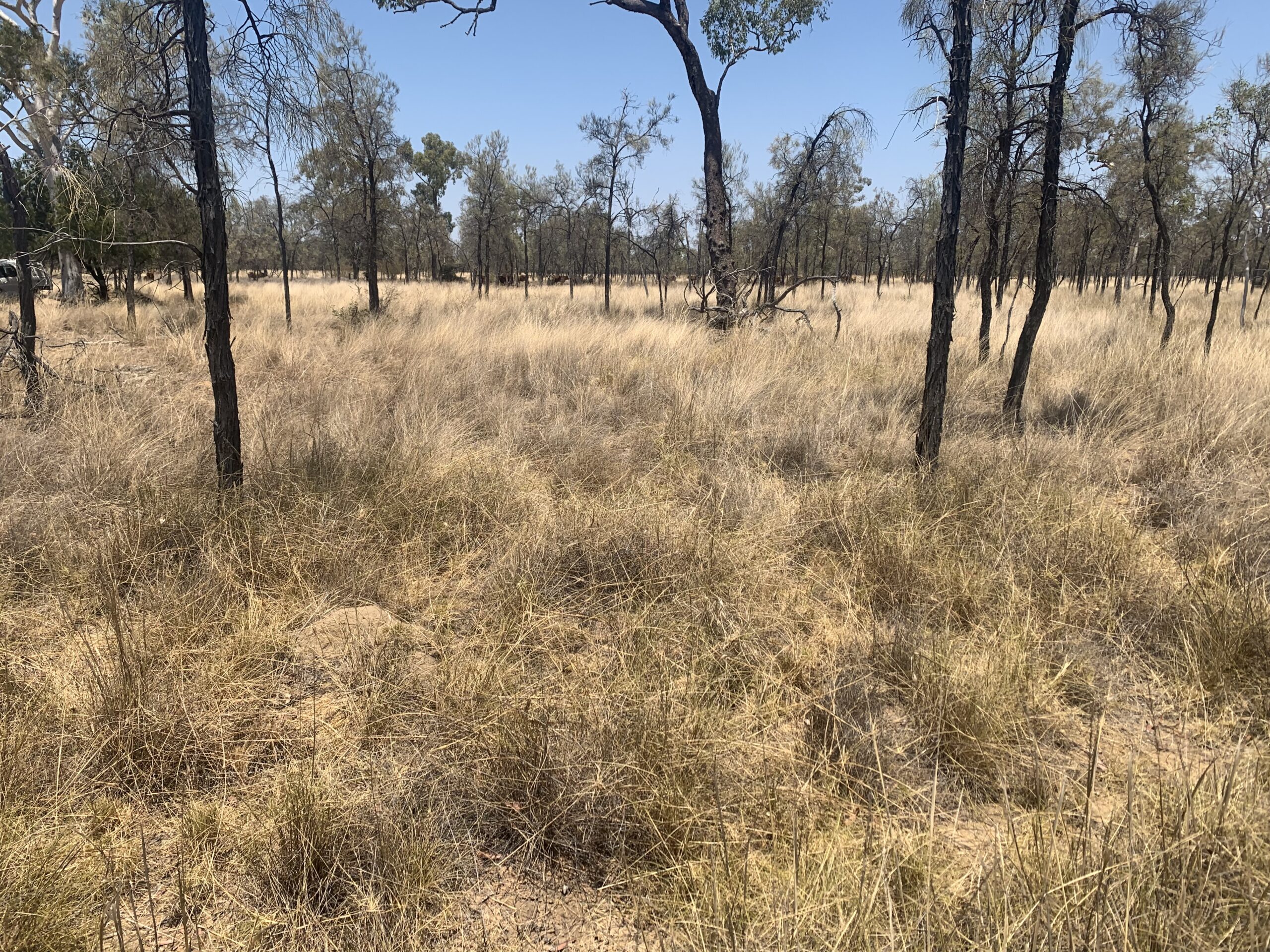Looking forward, looking back: Revisiting the Desert Uplands
The Improving Grazing Land Management (IGLM) Project offers a unique opportunity to revisit monitoring sites established two decades ago, applying new insights to assess long-term changes.
Stratford is one of 10 demonstration sites under the IGLM Project, part of the MLA and DPI funded Queensland Pasture Resilience Program (QPRP). It is also one of three sites located in the Desert Uplands bioregion, which spans 75,000 square kilometres of grazing land in Queensland. This initiative has allowed Department of Primary Industries (DPI) staff to revisit historical monitoring sites from the Desert Uplands Long-Term Carrying Capacity (LTCC) Project, originally conducted nearly 20 years ago.

Stratford’s Story: A journey in grazing management
Robyn Adams purchased Stratford in 2001, leaving behind a career in Melbourne’s fashion industry for 13,500 ha of open woodlands South of Jericho. She began with a herd of 150 Droughtmasters and has since expanded to 600 self-replacing breeders, comprised of Droughtmaster and Euro-cross cattle. Managing Stratford has been a journey of trial and error, navigating droughts, wildfires, and challenging land types. Through strategic investments in fencing and water infrastructure, Robyn has doubled the number of paddocks and increased watering points, raising the carrying capacity from 700 to 1000 adult equivalents (AEs) with further improvements planned. Her holistic and adaptive approach has resulted in enhanced carrying capacity and the return of key native perennial pasture species such as Desert Bluegrass (Bothriochloa ewartiana).
The LTCC Project: Establishing sustainable practices
From 2003 to 2005, the ‘Developing Long-Term Carrying Capacity Models for the Desert Uplands’ project aimed to promote sustainable land management and prevent land degradation caused by overestimated carrying capacities. The project validated LTCC estimation procedures, developed a land-type framework, and created a simplified method for graziers to estimate LTCC on their properties. Stratford was one of nine calibration properties involved in case studies, contributing to the identification of 13 distinct land types in the Desert Uplands bioregion.

Revisiting Stratford’s monitoring sites
Reflecting on Stratford’s involvement in the LTCC project, Robyn recalls the impact of working with DPI Rangelands Scientist Paul Jones and Jill Aisthorpe in 2004:
“I was incredibly lucky for Stratford to be involved in the Long-Term Carrying Capacity Project back in 2004, when I was on that steep learning curve. Paul and Jill spent a few days here setting up over twenty monitoring points. I learned so much from them, sharing a love of country and always keeping an eye out for new discoveries.”
In October 2023, the original project leader revisited the 27 monitoring sites established in 2004 to assess land condition. The findings showed that land conditions had been maintained or improved, with some sites progressing from B to A condition—a testament to Robyn’s dedication.


Reflecting on the results, Robyn noted: “Just over a year ago, Paul Jones revisited the 20+ LCCP sites after 2 decades of gradual, holistic management. The photographs, observations, and data revealed a steady improvement across most sites, with none declining. This slow, incremental progress, so evident through long-term monitoring, is what I find most satisfying.”
Future monitoring and ongoing projects
Under the IGLM Project, Stratford continues to serve as a model for effective grazing land management. It follows a strategy of flexible, conservative stocking and periodic pasture spelling for 6-8 weeks every five years during the wet season. In 2024, new monitoring sites were established in three paddocks, which will soon be subdivided into six, enhancing rotational grazing flexibility. The 24 sites were assessed for baseline land condition, pasture composition, ground cover and yield. These assessments will track the impact of Stratford’s management on sustaining and improving land condition across two key land types: Ironbark and Channels – Swamps.
Beyond the IGLM Project, Robyn has actively contributed to industry research. Since 2020, she has participated in the Meat & Livestock Australia (MLA) PDS Girl Power Project, which is now concluding its final reporting phase. This initiative has evolved into the Materix Project, a new Producer Demonstration Site set to launch in April 2025. Additionally, Stratford hosts a Central Q PRP demonstration site, focusing on legume establishment in the Desert Uplands.
This work is part of The Queensland Pasture Resilience Program, a partnership between the Department of Primary Industries, Meat & Livestock Australia, and the Australian Government through the MLA Donor Company.